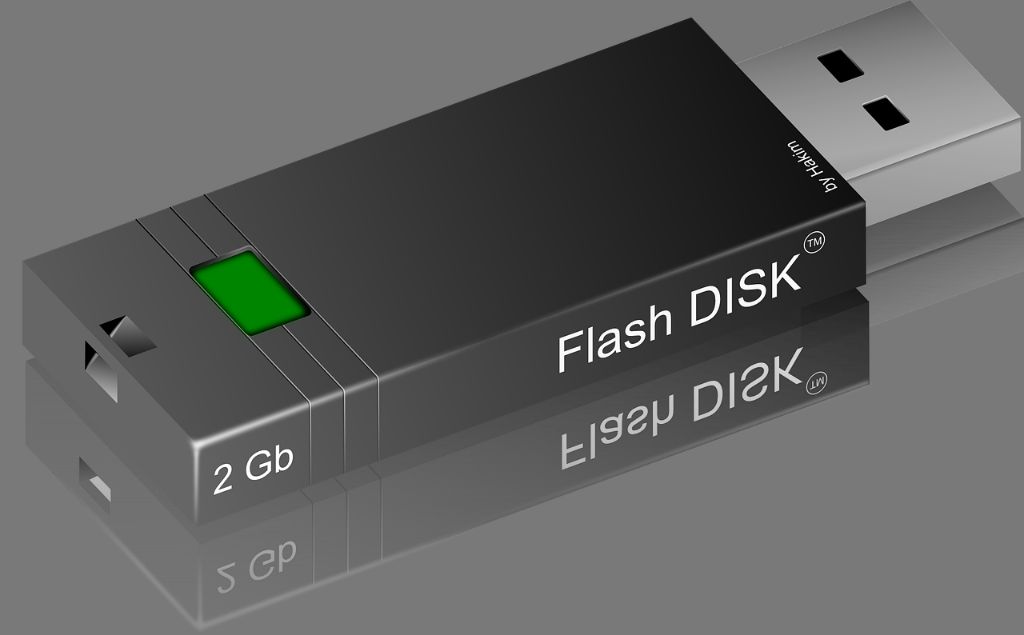Try to access the USB drive
The first thing you should do if your USB drive is not working properly is try to access it on your computer. Plug the USB drive into your computer’s USB port and see if it shows up in My Computer/File Explorer or Disk Management. If you can see the USB drive but can’t open any files on it, the drive may be corrupted. If the drive doesn’t show up at all, there could be a hardware issue with the USB drive itself.
Run CHKDSK
If your USB drive shows up but you can’t access the files, try running CHKDSK. CHKDSK is a built-in Windows utility that scans drives for errors and attempts to repair them. To run CHKDSK on your USB drive:
- Open the Start menu and type “cmd” to open the Command Prompt
- Type “chkdsk X: /f” where X is the letter of your USB drive
- Press Enter and let CHKDSK scan and repair errors on the drive
CHKDSK will scan the drive and repair any file system errors it finds. This may fix simple corruption issues that are preventing access to the files.
Try data recovery software
If CHKDSK doesn’t work, your next step is to try data recovery software. Data recovery software scans the drive and attempts to recover your files. Some good free options include:
- Recuva
- MiniTool Partition Recovery
- TestDisk
- Photorec
To use data recovery software:
- Download and install the data recovery software
- Scan your USB drive with the program
- Preview found files and save them to another location
The scanning process may take some time depending on the size of your drive and amount of data. Be patient and let the software do its job. With luck, your files will be found and recovered.
Format the USB drive
If CHKDSK and data recovery software fail to repair the USB drive, the next step is to format it. Formatting will wipe all data from the drive and restructure the file system. This should fix any file system corruption or errors.
To format the drive:
- Open Windows File Explorer
- Right-click on your USB drive and select “Format”
- Choose FAT32 or exFAT file system
- Give the drive a name and click Start
After formatting, the USB drive should function normally again. However, all previous data will be erased by formatting so only do this if data recovery attempts have failed.
Clean the USB port
Sometimes corruption is caused not by the USB drive itself, but by a dirty or damaged USB port on your computer. If you’ve tried other troubleshooting steps, try cleaning the USB port:
- Shut down your computer and disconnect the power cable
- Use compressed air to spray out any dust or debris in the USB port
- Use a cotton swab dampened with isopropyl alcohol to gently clean the port
- Let the port dry fully before reconnecting devices
Once cleaned, reconnect your USB drive to see if the connection is improved. A dirty USB port can prevent the drive from making a proper connection and cause data transfer issues.
Test on another computer
Verify that the USB corruption issue isn’t limited to just one computer. Try plugging the USB drive into another computer and see if the same problem occurs.
If the USB drive works fine on another PC, the issue is with your original computer’s USB port, drivers, or settings. You may need to uninstall and reinstall the USB drivers on that computer or check for USB conflicts in Device Manager.
However, if the USB drive shows the same corruption or errors on multiple computers, then the problem lies with the drive itself. You may need to replace it if other troubleshooting steps have failed.
Replace USB drive
If all else fails, the USB flash drive itself may be damaged beyond repair and need to be replaced. If you’ve tried cleaning the drive, formatting, data recovery, etc. and errors still persist, it’s time for a new USB drive. When shopping for a replacement, look for quality drives with strong reviews and warranties. Avoid cheap or counterfeit drives which often have quality issues.
Some recommended USB brands include:
- SanDisk
- Samsung
- Kingston
- PNY
- Lexar
Copy any recovered files from the old drive to the new one, safely eject the corrupted drive, and properly dispose of it. Using a new high-quality USB drive can help prevent future corruption issues.
Prevent future corruption
To avoid USB drive corruption happening again:
- Eject the drive safely before unplugging it
- Don’t unplug the USB during file transfers
- Keep backups of important files in multiple places
- Store and carry the drive properly to avoid physical damage
- Replace old USB drives that may be wearing out
Following best practices for USB drive use and storage will help keep your data safe.
Conclusion
Corrupted USB drives can cause data loss and access problems but are often repairable. Try accessing the drive, running CHKDSK, data recovery software, and formatting before replacing the drive. Clean USB ports, test on other PCs, and check for hardware issues. With persistence and by following troubleshooting steps, you should be able to regain access to your USB drive or recover valuable files in many cases of corruption. Be sure to back up important data and take steps to prevent USB corruption going forward.
